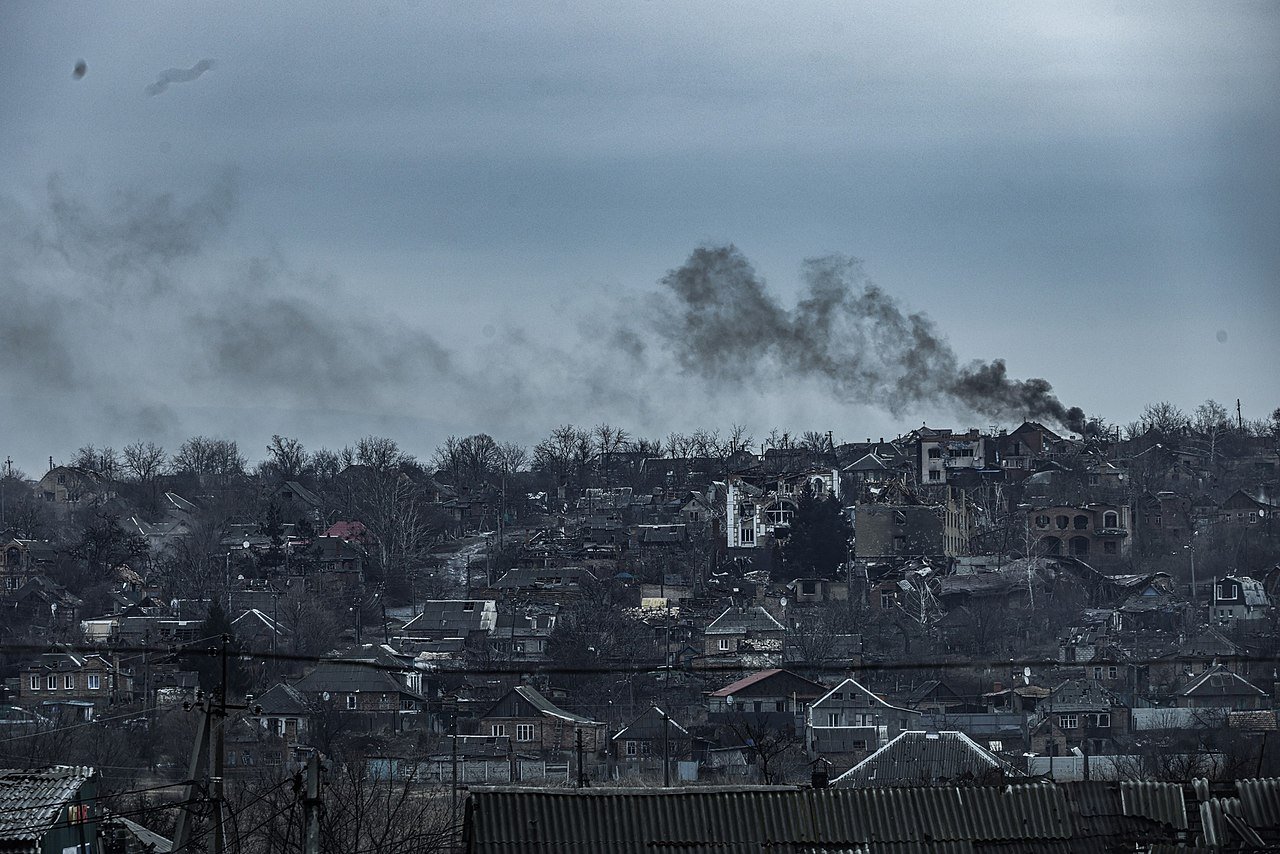After 10 months of fighting that has been described as a “meat grinder,” where several hundred Ukrainian soldiers and draftees were being killed per day, the city of Bakhmut seems to have completely fallen.
Propaganda surrounding losses and gains on both the Ukrainian and Russian media channels throughout the war has been constant, and knowing exactly the state of each nation’s military has been difficult since day 1.
The story broke when Wagner Group chief Yevgeny Prigozhin posted an audio message on his Telegram channel on May 20th announcing the victory, coupled with a statement from the Kremlin congratulating Prigozhin and the Russian regular armed forces for the victory.
Ukrainian President Zelenskyy seemed to indicate during a recent meeting of the G7 in Japan that the city had fallen, but the administration later walked those comments back. Deputy Defense Minister Hanna Maliar claimed there were still Ukrainian forces in the city, but that the situation was “critical”. The newspaper Kyiv Independent, ran a headline “Russia takes Bakhmut…”
The Independent also claims that Defense Ministry staff admitted that their forces were pushed out of their last high-rise apartment position.
In the afternoon of May 22nd, two days after the supposed conquest of the city, Kyiv Independent reported that Maliar also claimed that “Bakhmut’s defense forces are fulfilling their military tasks,” claiming them to be degrading the Russian offensive capabilities and to inflict huge losses. However, the paper also details in their review of the conflict that much of the bloodiest fighting was done with Wagner Group mercenaries made up of convicts from the Russian prison system, in other words “their [Russia’s] worst”.

So why now?
On May 21st, meeting with Zelenskyy in Japan, President Biden announced another $375 million weapons package to be delivered to Ukraine and included in the statement a confirmation that his administration had given the green light for NATO nations to deliver F-16 fighter jets and training to Ukrainian pilots.
“In my private meeting with President Zelenskyy after the G7 meeting and his with staff, I told — the United States, together with our allies and partners, is going to begin training Ukrainian pilots in fourth-generation fighter aircraft, including F-16s, to strengthen Ukraine’s air force as part of a long-term commitment to Ukraine’s ability to defend itself,” Biden said at a press conference later in the day.
Ukrainian Commander-in-Chief Valerii Zaluzhnyi and Zelenskyy himself have been pushing hard for F16s since a February announcement saw NATO nations agree to send a variety of main battle tanks, including the German Leopard, the French LeClerc, the British Challenger, and the US Abrahms.
In March, the Polish defense minister announced the country would be providing Ukraine with several MiG-29 fighter jets—a fourth-generation equivalent to the F-16.
The battle for Bakhmut was Europe’s bloodiest since World War II, and it went on for 10 months. One day after its conclusion, the US announced it would escalate military aid in the way Ukraine wanted from the start, the way in which it probably hoped to defend Bakhmut from the start.
WaL predicted when the MiG-29s were sent that F-16s would eventually make it to Ukraine, since every other weapon system deemed escalatory had already been sent.
WaL detailed in a report after Zelenskyy made statements that his society would push him to make peace with Russia in the event of a loss in Bakhmut, that war journalists interviewed soldiers in the city who said Russian artillery was able to fire on them for days without any retaliation from Ukrainian heavy weapons. F-16s would be ideal for such a task.
It begs the question of why they were sent to Ukraine when they really needed them. Was the Biden Administration worried Zelenskyy would use them in Bakhmut and risk them getting shot down over what US military officials have said was not a strategically valuable city?
Or, are they, as WaL has reported before, deliberately measuring the amount of aid given to Ukraine to prolong the war—to prevent a Russian victory and a Ukrainian defeat—but not enough to actually ensure the reserve?
Colin Kahl, Undersecretary of Defense for Policy, previously told Congress that training Ukrainian pilots could take 18 to 24 months. Other Pentagon officials have said an expedited version of the training could take 4 to 9 months. Splitting the difference and saying somewhere around a year for training, and with no NATO nation yet committing to the actual delivery of the weapon system, who knows where the war will be when the planes will actually be able to influence it. WaL
PICTURED ABOVE: The 93rd Mechanized Brigade showing a destroyed Bakhmut during winter of February 2023. PC: Ukrainian Armed Forces, Facebook.
If you think the stories you’ve just read were worth a few dollars, consider donating here to our modest $500-a-year administration costs.



